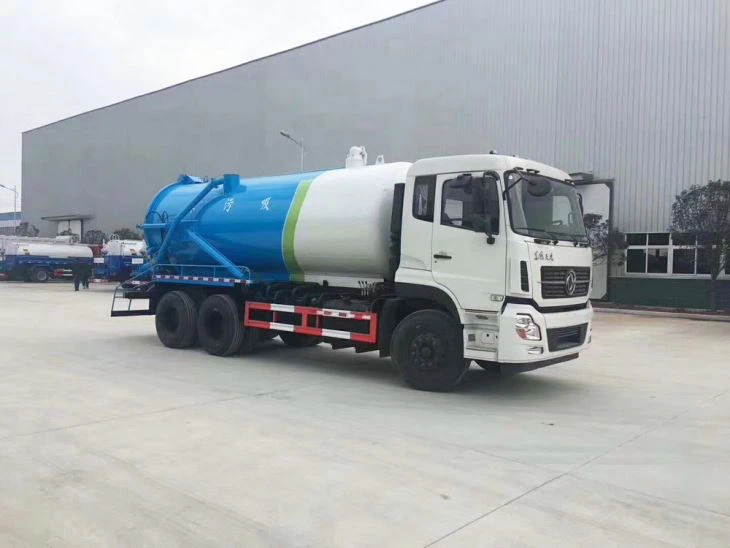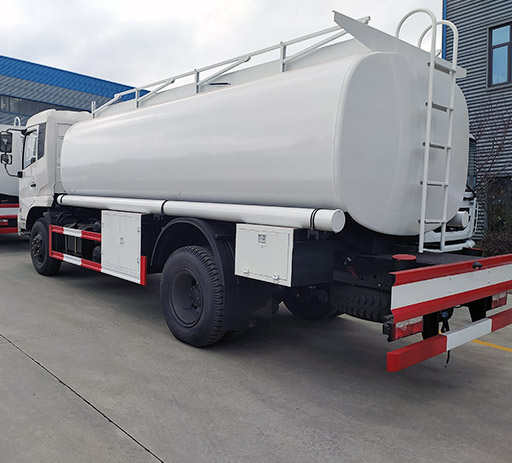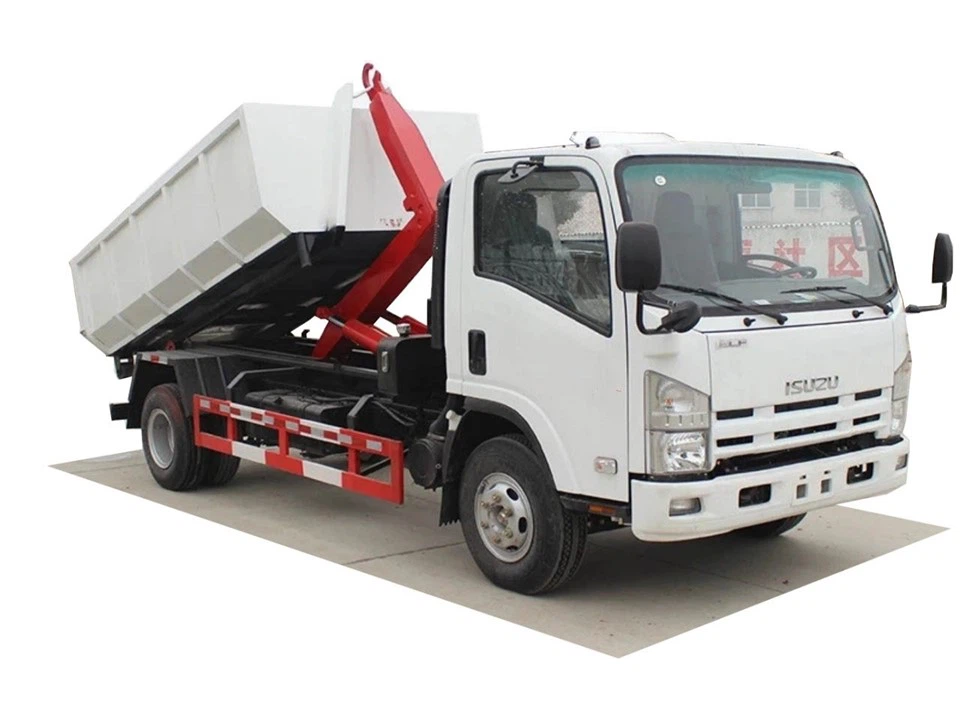Septic Tank Pumping Truck for Sale: Your Complete Guide

If you are in the market for a septic tank pumping truck, understanding the variety of options available and their specifications is crucial. This comprehensive guide will cover everything about septic tank pumping trucks, from types and features to buying tips and maintenance advice. Whether you are a contractor, a business owner, or a homeowner, this article aims to provide invaluable information to make an informed purchase.
Understanding Septic Tank Pumping Trucks
What is a Septic Tank Pumping Truck?
A septic tank pumping truck is a specialized vehicle designed for the maintenance and cleaning of septic systems. These trucks are equipped with powerful suction pumps and storage tanks that allow them to safely remove waste from septic tanks and transport it to treatment facilities.
Components of a Septic Tank Pumping Truck
The essential components of a septic tank pumping truck include:
- Vacuum Tank: Holds the waste collected from the septic system.
- Vacuum Pump: Creates the suction needed to draw waste into the tank.
- Hoses: Flexible pipes used to connect the truck to the septic tank.
- Chassis: The vehicle’s frame that supports the entire setup.
- Control Systems: Allows operators to manage the pumping process efficiently.
Types of Septic Tank Pumping Trucks
1. Standard Vacuum Trucks
Standard vacuum trucks are the most common type used for residential and commercial septic pumping. They typically have a vacuum capacity ranging from 1,000 to 3,000 gallons.
2. Commercial Vacuum Trucks
These trucks are designed for larger-scale operations and can hold between 3,000 to 7,000 gallons of waste. They are often used by municipalities and large businesses.
3. Portable Septic Trucks
Portable septic trucks are smaller and more maneuverable. They are ideal for tight spaces and smaller septic systems, usually featuring a vacuum capacity of 500 to 1,000 gallons.
Factors to Consider When Buying a Septic Tank Pumping Truck
1. Capacity and Size
Consider how much waste you need to transport regularly. The truck’s capacity will also determine how frequently you’ll need to empty it.
2. Build Quality
Look for trucks made from durable materials. A rugged build ensures longevity and can withstand the harsh conditions of septic pumping.
3. Engine Performance
A powerful engine is necessary for efficient suction and transportation. Consider trucks with reliable diesel engines for better performance.
4. Pump Quality and Features
High-quality pumps can make a significant difference. Look for features like self-priming systems, which can enhance productivity.
5. Cost
Budget plays a vital role in your selection. Prices for septic tank pumping trucks can vary widely based on size, features, and brand.

6. Brand Reputation and Reviews
Research different manufacturers and read reviews from other customers to determine which brands are trusted in the market.
New vs. Used Septic Tank Pumping Trucks
Pros and Cons of New Trucks
| Pros | Cons |
|---|---|
| Latest technology and features | Higher cost |
| Full warranty | Depreciation begins immediately |
| Customizable options available | May require long wait for delivery |
Pros and Cons of Used Trucks
| Pros | Cons |
|---|---|
| Lower purchase price | May have hidden maintenance issues |
| Immediate availability | Limited features and outdated technology |
| Less depreciation | Shorter lifespan compared to new trucks |
Where to Find Septic Tank Pumping Trucks for Sale
1. Online Marketplaces
Websites like eBay Motors, Craigslist, and specialized truck sales sites often list both new and used septic tank pumping trucks.
2. Local Dealerships
Visit local truck dealerships that specialize in commercial vehicles. They may offer both new and certified pre-owned options.
3. Industry Auctions
Attend industry-specific auctions where you can find used trucks at competitive prices. Be prepared to compete against other bidders.
4. Manufacturer Websites
Check the websites of manufacturers for direct sales or authorized dealers who can provide you with purchasing options.
Typical Pricing for Septic Tank Pumping Trucks
The price of septic tank pumping trucks varies widely based on their features, capacity, and condition. Below is a general pricing guide:
| Type of Truck | Price Range |
|---|---|
| Standard Vacuum Truck | $30,000 – $100,000 |
| Commercial Vacuum Truck | $100,000 – $250,000 |
| Portable Septic Truck | $15,000 – $50,000 |
Maintenance Tips for Septic Tank Pumping Trucks
1. Regular Inspections
Conduct routine inspections to catch early signs of wear and tear. Check the vacuum pump, hoses, and tank for any damages.
2. Keep the Truck Clean
Clean the truck’s exterior and vacuum equipment regularly to prevent corrosion and maintain hygiene.
3. Monitor Fluid Levels
Keep an eye on the oil, coolant, and hydraulic fluid levels. Regular changes will prolong the life of the engine.
4. Properly Maintain the Vacuum System

Ensure all connections are secure and without leaks. A well-maintained vacuum system is essential for efficient operation.
Frequently Asked Questions (FAQs)
1. How often should a septic tank pumping truck be serviced?
It is recommended to have the truck serviced every 3,000 to 5,000 miles, or at least once a year, depending on usage.
2. Can I operate a septic tank pumping truck without special training?
Operating a septic tank pumping truck typically requires specific training and certifications, particularly for handling waste safely.

3. How can I ensure the truck is environmentally friendly?
Look for trucks that have eco-friendly features, such as efficient fuel usage and less emission creation during operation.
4. What is the average lifespan of a septic tank pumping truck?
With proper maintenance, a septic tank pumping truck can last between 10 to 15 years, depending on the frequency of use and the conditions under which it operates.
5. Are financing options available for purchasing septic tank pumping trucks?
Yes, many dealerships and banks offer financing options tailored for commercial vehicle purchases, including septic tank pumping trucks.
6. What should I do if I experience issues with my truck while on the job?
Always have a contingency plan in place. Carry essential tools, know local service centers, and consider obtaining roadside assistance for heavy vehicles.
